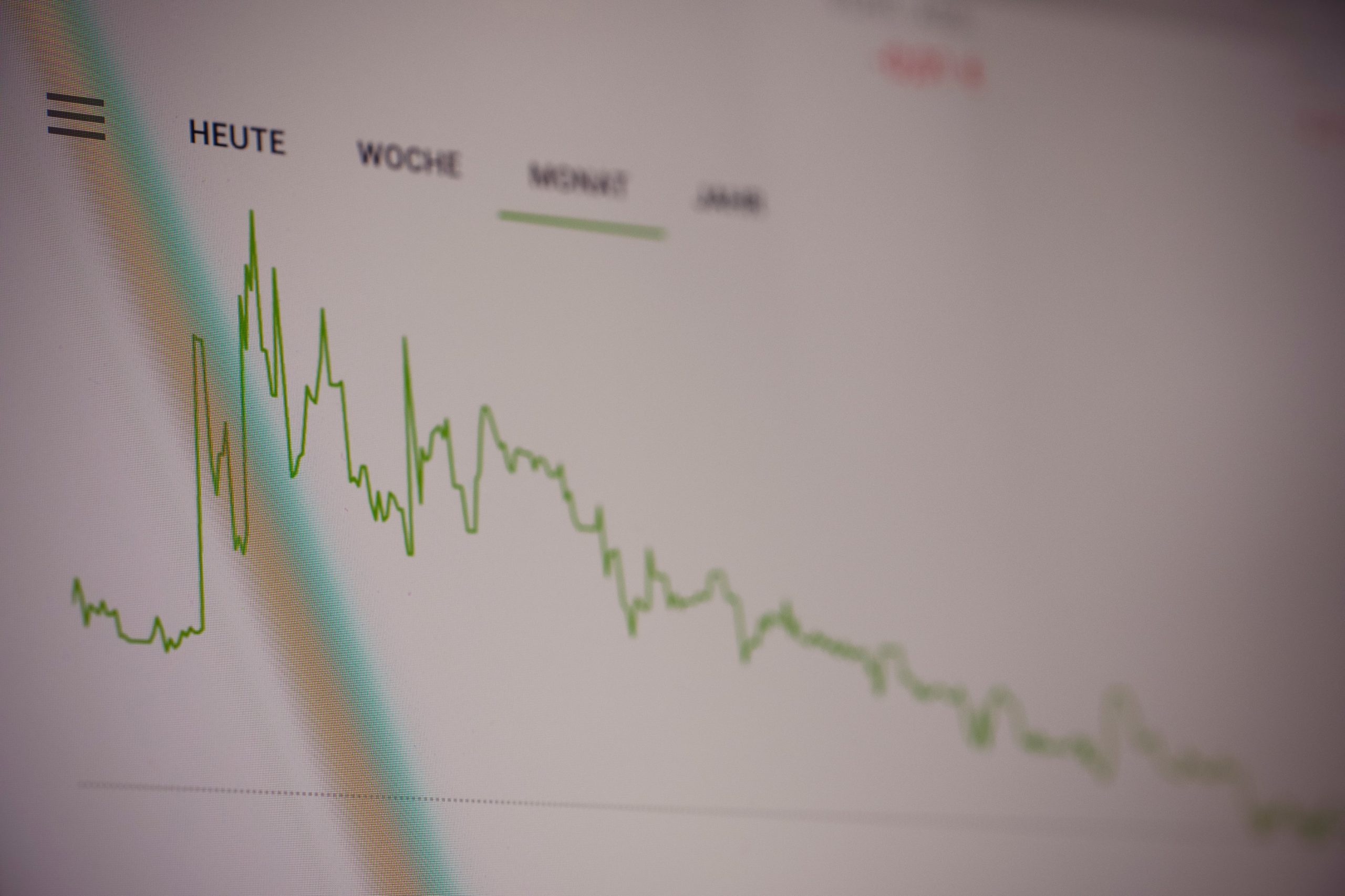As the economic recovery puts the pedal to the metal and leaving the recession for dust – thanks to fiscal stimulus and the COVID vaccine rollout – small caps have been dominating headlines, stealing the show and have become some of the most traded stocks.
Traditionally, small caps and cyclical stocks are more sensitive to economic movements, meaning that they grow in tandem with the economy growing. Conversely, they face headwinds in times of recession.
Right now, with most economic indicators giving off positive signals, it could be a prime opportunity for investors to explore adding small cap companies to their portfolios.
What are small cap stocks?
One way to categorise a company is by its market worth. This is known as market capitalisation, or market cap. A company’s market cap is generally a pretty good general indicator of the size of a company. Typically, your online broker will display listed companies market cap, as a dollar value. The market cap is determined by multiplying the share price by the number of shares issued by a company.
Companies with ‘smaller’ market capitalisations of generally between $300 million and $2 billion, are dubbed ‘small caps’. Or sometimes a small cap can be a stock that has a share price that’s $5 or less, or even under $0.50 for instance, which is also referred to as penny stocks.
Small caps are also often considered growth stocks, meaning they have potential for exponential growth in the long term. In saying this, they also tend to carry more risk –their share price performance can be volatile as the company may only have prospective operations (i.e be a junior mining company or a healthcare company that’s in a clinical trial phase). Or a small cap could have a distressed balance sheet with zero cashflow. A small cap company will also often have limited or no analyst research coverage.
The S&P/ASX Small Ordinaries Index (XSO) is used as a benchmark to track small-cap Australian companies (or shares) that are included in the S&P/ASX300 (the largest 300 stocks listed on the ASX) but not in the S&P/ASX100 (the largest 100 stocks listed on the ASX).
The role of small caps in a portfolio
When it comes to considering the role of small caps in your investment portfolio, a common way to consider their inclusion is via the Core-Satellite model.
Core-Satellite investing allows you to build your own investment portfolio, while keeping the majority of your positions (as the core of your portfolio), but also adding investments that have the ability to outperform and also help you reduce risk/ volatility. Think reliable and predictable investments.
The satellite portion of a portfolio adds diversification by adding stocks or listed products that can perform strongly during certain periods – such as cyclical and small cap stocks. The satellite portion also allows a bit more flexibility and ‘fun’ in your investing, so you can invest in asset classes which have less predictability without impacting the overall performance of your portfolio too greatly.
Generally, a well-rounded portfolio will have a combination of the two, allowing the overall risk of your portfolio to average out.
Cyclical stocks and small cap stocks
Small cap stocks tend to be cyclical in nature – meaning they benefit from economic growth and see stronger earnings. Inversely small caps that are cyclical tend to see sales fall in economically tough times.
Why is that? Well generally small cap sell items that are more frequently purchased in a thriving economy and less during a recession. In addition, small caps balance sheets are also generally bolstered by government support, in and after a recession, so their businesses are encouraged to innovate which drives further business growth.
Small caps have a history of producing better returns over the longer-term. Over the last five years, the small cap index has risen about 43%, while the Aussie share market (as measured by the largest 200 stocks, the ASX200) has generated a return of 31%.
Sectors to watch
Financials (ex-Bluechip companies)
One sector to watch is financial companies (not including the big four banks). For example, many regional banks have seen strong earnings in their loan books with younger homeowners buying in regional cities. Given interest rates are at a record low and the RBA signals rates will remain on hold for three years, loan growth is likely to continue to grow, albeit at a slower rate.
Another financial sector that’s doing well amid the economic recovery is insurance. The insurance sector has seen the strongest earnings lift post the pandemic (remember, earnings drives shares price growth).
Healthcare
With an increased focus on health, and the COVID vaccine rollout underway, its no secret that healthcare company are likely to perform well in the foreseeable future.
Related article: 3 Ways to Invest in Healthcare
Tech / Buy-now-pay-later (BNPL)
The BNPL sector has seen exponential growth over the last 12 months – and its technology uptake is not showing any sign of slowing down. Apps like Afterpay and Zip make up 35% of Australian e-commerce.
And lastly – remember, the most stable portfolio is a well-diversified portfolio, so it’s best to include small caps as just one component.
This article was originally published on canstar.com.au.




